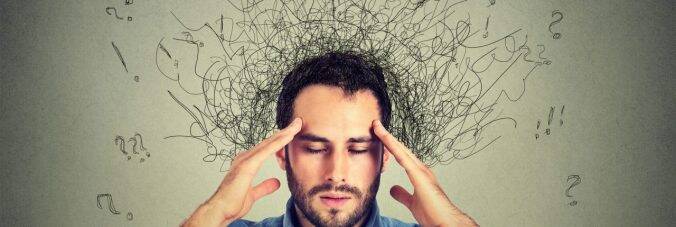
The National Institute for Health and Care Excellence (NICE) has developed a proposal for its first update in 12 years to the guideline to identify, treat and manage depression in adults. This is significant in the light of the Office for National Statistics (ONS) reporting that about 1 in 6 adults experienced some form of depression in the summer of 2021.
If approved, the new guidance for healthcare practitioners will divide “depression” into 2 categories:
- Less severe (“sub-threshold” or “mild”) depression; and
- More severe (“moderate” or “severe”) depression
It seems that NICE want healthcare professionals to consider alternatives to the prescription of antidepressant medication for less severe cases. These alternatives are to include exercise, mindfulness, meditation and therapy.
There has been a bit of a backlash from sufferers of depression who may fit in the category of less severe but believe that medication has helped them (and maybe even saved their life).
Here are my thoughts on this and more generally on the diagnosis and treatment of mental health conditions.
I personally welcome this change; I think that there is an over tendency to dish out antidepressants. But the problem I believe the proposal is trying to address is much, much deeper.
Antidepressants aren’t a cure for depression, but most GPs, psychiatrists and other healthcare professionals aren’t very clear about this when prescribing them to a patient. It’s not like prescribing antibiotics for a bacterial infection. There is a common myth that people with a mental health conditional have a ‘chemical imbalance’ in their brain that the medication will restore to normality. There is no scientific evidence for this, and plenty to the contrary.
What most antidepressants do is to alter your state of mind. What none of them do (in my opinion, but heavily backed by many studies) is restore your state of mind to its prior condition – how it was before the depression (or other mental health condition) took hold. Now, it’s possible that with this altered state of mind, the individual will be better able to cope with their depression and in time reduce and come off the medication and return to normality. However, many people who take these drugs find that all of their emotions are numbed to the extent that they describe their state as “existing rather than living”. Some express it as like living in a fog, and in extreme cases family and friends describe their loved one “becoming a different person” when on these drugs. This always reminds me of the book “Pet Cemetery” by Stephen King where pets (and later a child) are returned from the dead but have completely different characters following their resurrection. I know this is a bit of an extreme comparison!
So, antidepressants aren’t a cure, and many have some quite undesirable side-effects. Also, if people can be helped to overcome depression without them, they are less likely to relapse, especially if they have been given techniques to handle the inevitable ups and downs that we all have to endure with modern living.
So, what about diagnosis then? How do healthcare professionals draw the distinction between someone who has more severe depression from someone with less severe variant.
Let’s take this a step further – how can a healthcare professional tell if someone is clinically depressed at all (rather than just sad)? As with almost all mental health conditions, there is no equivalent of a blood-test, x-ray, MRI scan etc., so by definition it’s subjective. NICE have a quite complex document called CG90 - depression in adults: recognition and management that was last published in 2009 and will soon be updated to reflect this recent change. CG90 used criteria from an even heavier tome called the Diagnostic and Statistical Manual of Mental Disorders, fifth edition (DSM-5) and it lists the key symptom of depression as persistent sadness or low mood; and/or marked loss of interests or pleasure for a continuous period of 2 weeks or more. It lists other potential systems and there are many assessment forms based on this where the patient needs to score above a certain threshold to meet the criteria for depression.
My main issue with this definition, is that there is no context to it. For instance, people who have suffered a loss or any traumatic experience may well have an understandable low mood for more than 2 weeks, but it doesn’t mean that they are depressed and require medication for it. More likely, they are going through a thoroughly natural human healing process.
My other issue with DSM-5 definitions in general is the amount of overlap between conditions in terms of their listed symptoms. It’s like the world’s largest Venn diagram. Another way to look at it is to imagine asking people who live at various points around the earth to look up into the clear night sky and identify clusters of stars and give those clusters a name, expecting some level of consistency! As a direct consequence of this, I know of people who have their “primary condition” label changed 3 or 4 times – in one case from attention deficit hyperactivity disorder ADHD to borderline personality disorder (BPD), to Bipolar, to autism spectrum disorder (ASD). The focus on labels is necessary in the most part because you won’t get any treatment from the NHS or authorisation from private healthcare without it.
The problem is that it leads to situations where healthcare professionals are motivated to treat the condition rather than the individual. In my view, this is what is what is fundamentally wrong with the treatment of many mental health conditions. They overlap, they are all scales and spectrums and every sufferer is in some way unique.
The one thing we need to do most of all is to TREAT THE INIDIVIDUAL RATHER THAN THE PERCEIEVED LABEL OR CONDITION